Metal guru: Ron Arad creates high-wire meditation for St Pancras station
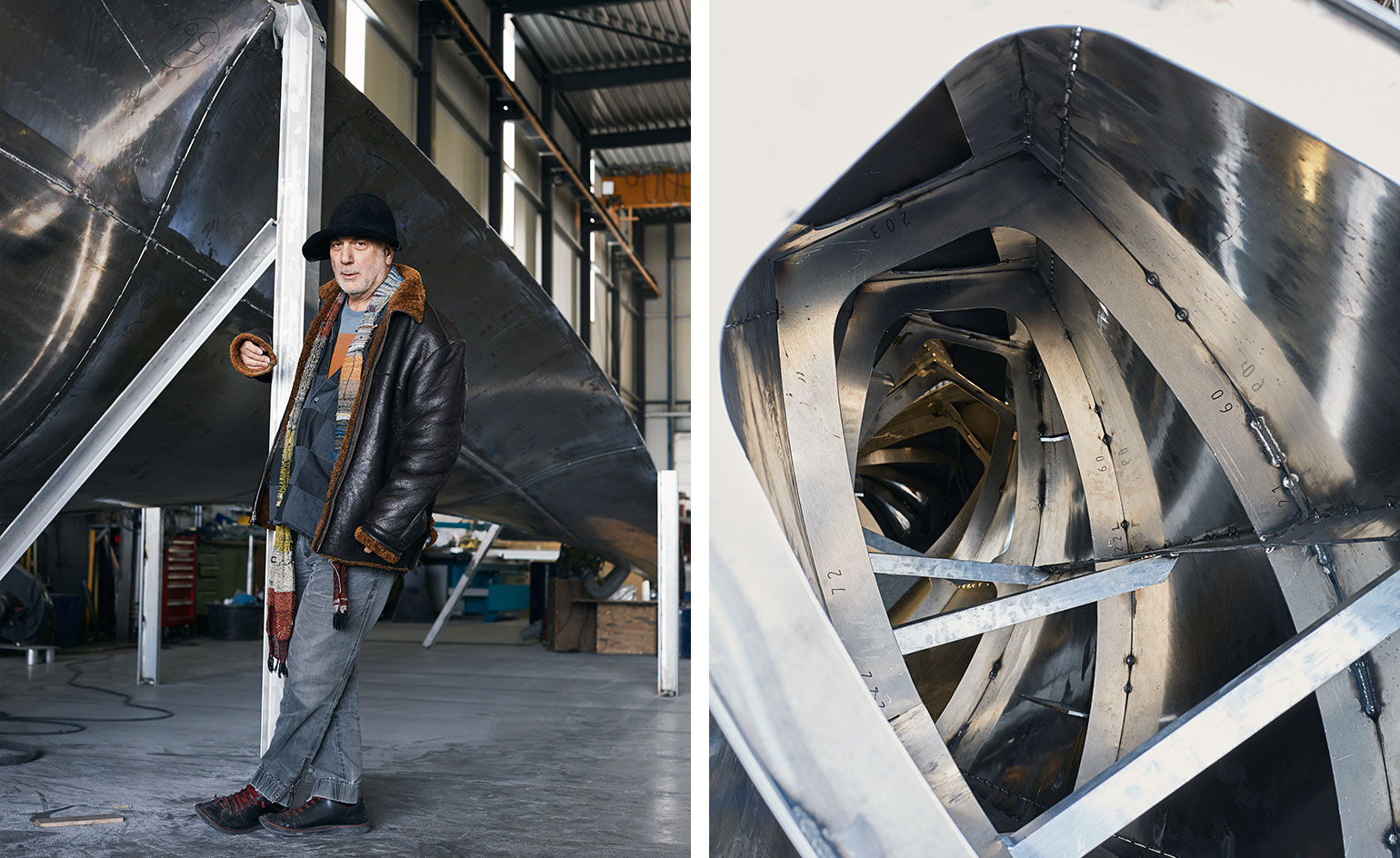
Public art in the 1940s and 50s was all about social renewal, about building a better place, for the people. Today, art in public spaces tends to be big business, often turning into the industry-sponsored exercise of adding ‘value’ of a different kind. But occasionally you come across hybrids, such as in the very public, yet privatised space of a major railway station: St Pancras in London. There has been a public art scheme here, called Terrace Wires and operated by HS1, the station’s owner, for the past four years. Every year it invites a committee comprised of broadcaster Evan Davis; Nigel Carrington, rector at the University of the Arts London; artist and curator Chris Wainwright; Royal Academy artistic director Tim Marlow; Nicola Shaw, chief executive of HS1; and Wallpaper* editorial director Richard Cook, to commission a work to hang above the Grand Terrace and below the Barlow Shed roof.
This year’s chosen artist is the architect, designer, sculptor and Royal Academician Ron Arad. The Royal Academy element is important, for this is part of an ongoing collaboration with that venerable institution. It is the first time it has curated an external public sculpture series in London in its 248-year history.
This doesn’t seem to interest Arad that much when I meet him in the heart of Dutch Friesland to inspect the progress of his piece. What excites him about the commission is the location. ‘Unusually, here we have this amazing space where the art has to be suspended,’ he says. And, being a station, it is full of the comings and goings of trains and travellers (around one million people per week). ‘So I wanted it to be a piece that has movement, that uses the fact it’s not bound or limited by gravity – let’s enjoy the freedom of the fact that it is suspended.’ He’s also responded to the array of visual stimuli at the St Pancras site with a piece that he says needs to be ‘minimal, monolithic and calm’.
The idea for the work came quickly, reveals Arad: ‘Often when you’re given a brief or a request the answer comes immediately; it’s not the result of methodical exploration or studies, it’s: “Yeah, I know what I’ll do”.’ The sculpture, called Thought of Train of Thought, is an 18m-long twisted blade of highly polished aluminium. It will hang side-on above the Grand Terrace, rotating slowly along its long axis – giving incoming train drivers the best view.
He shows me a computer animation of the installed piece on his iPad and suddenly the enormous, half-completed, twisted wing we are standing next to makes sense: when it is finished and polished to a mirror-like sheen, the shimmering reflections along its length will create a strange optical illusion. I comment that the object seems to disappear as a result and looks instead like a tear in space-time in front of the station clock, but that may just be the effect of the animation. ‘The turning on one axis,’ he says, ‘gives you the illusion of something moving from nowhere to nowhere and then disappearing, so people ask themselves: “Where does it come from?” Because it looks as though something is moving, like a train.’
Right now we are in an industrial estate on the outskirts of Franeker in Friesland because this is where CIG Architecture, which is responsible for building Thought of Train of Thought, has sourced specialist aluminium boat builders for the job. It seems an appropriate place to manufacture the blade/wing, with its visual backdrop of giant wind turbines.
Today is the first time Arad has seen the piece since it left his drawing board in London’s Chalk Farm. In his trademark shapeless hat, the designer looks a little like an overgrown Paddington Bear inspecting his art. Excited, he moves restlessly around and around the piece, filming it first on his smart phone then on the iPad. Exclaiming at the interior structure and the way the light catches the, as yet unpolished, surface, he seems pleased. I mention that with his history of building pieces, beginning with the Rover chair in 1981, it must be strange for him to have others building his ideas. ‘I used to hammer and weld myself,’ he acknowledges. ‘Here, fortunately, I’m in the hands of people who are far more skilled than me.’
It is Arad’s disdain for disciplinary boundaries that makes his work so interesting. He may be an architect and designer, but he responds to briefs like an artist, from the self. He designs buildings, makes sculptures, experiments with technology and makes one-off objects and pieces for mass production. Born in Tel Aviv in 1951, Arad enrolled at the Bezalel Academy of Arts and Design in Jerusalem in 1971, relocating to London’s Architectural Association (AA) in 1974, where he studied architecture alongside Peter Wilson, Zaha Hadid and Nigel Coates, and was taught by Peter Cook and Bernard Tschumi.
Later, when Arad became head of design products at the Royal College of Art, from 1997 to 2009, this extraordinary educational mix influenced him greatly: ‘I very much copied it. I wanted a pluralist place and I had a very good model, which was the AA.’ He certainly succeeded. In fact, Arad is as distinguished as an educator as he is as a designer, in which capacity he has had major retrospectives at New York’s MoMA, the Barbican Centre in London, and the Pompidou Centre in Paris. His former students, equally, read like a who’s who of contemporary design: Peter Marigold, Max Lamb, Paul Cocksedge, El Ultimo Grito, Studio Glithero and Random International, among others.
After visiting Thought of Train of Thought, Arad popped up the road to another workshop to inspect the final stages of a kinetic piece called Spyre, which is to be installed in the courtyard of the Royal Academy for the Summer Exhibition in June, shortly before the St Pancras installation on 7 July. The Spyre is a 16m-long articulated tentacle of a thing with a camera eye in its head that will snake around the courtyard. The view captured by the eye will simultaneously be projected onto a giant screen – the sculpture beast monitoring its environment and its observers as they observe it. The eye of the storm and centre of attention once again. The maverick at the heart of the establishment.
As originally featured in the July 2016 issue of Wallpaper* (W*208)
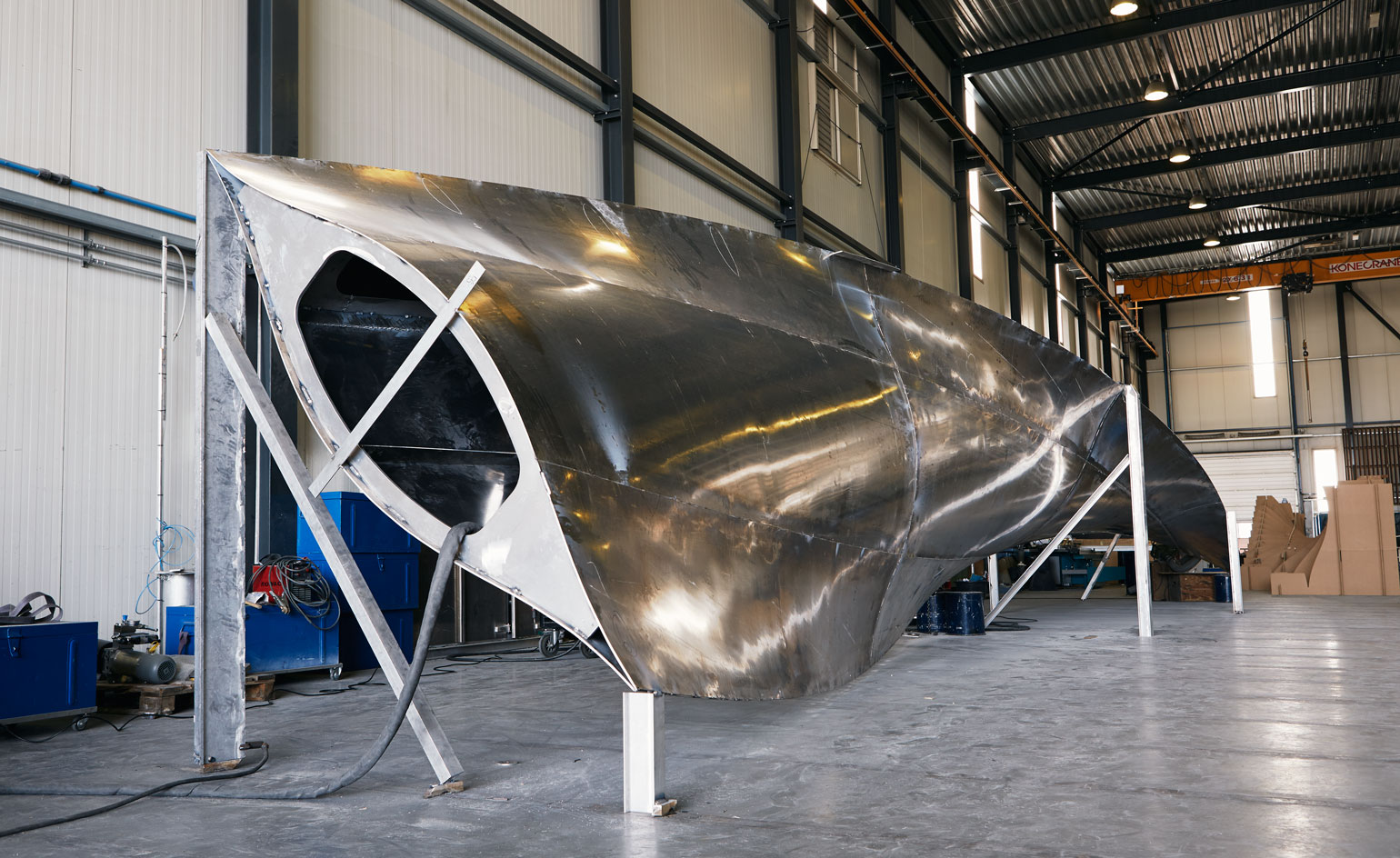
The twisted blade as a work in progress, before its polished finish
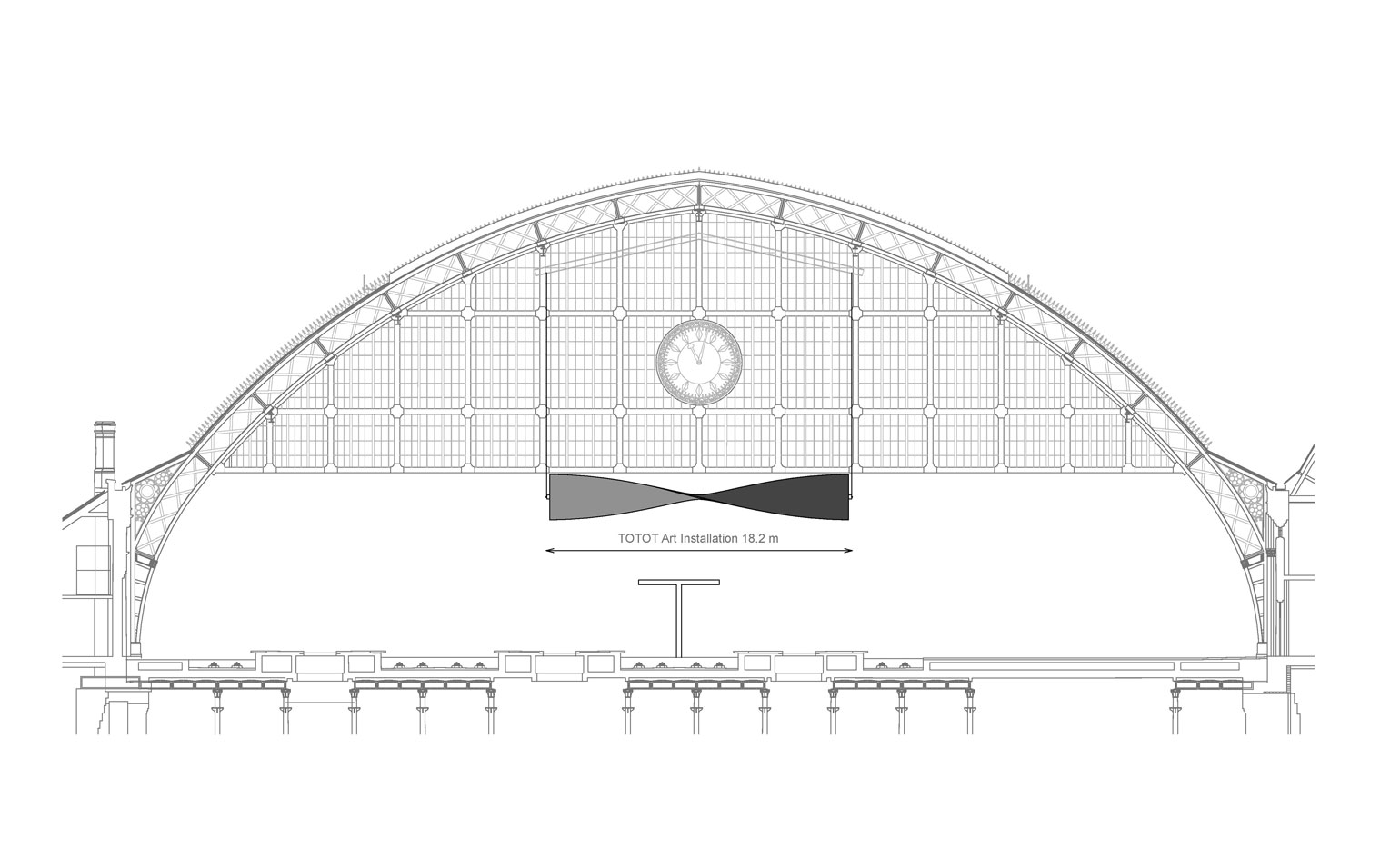
Arad’s sketch of where the sculpture, with a span of 18.2m, will hang above the Grand Terrace at St Pancras
INFORMATION
For more information, visit the St Pancras railway station website or the Royal Academy's website
Photography: Ester Grass Vergara
ADDRESS
St Pancras railway station
Euston Road
London, N1C 4QP
Wallpaper* Newsletter
Receive our daily digest of inspiration, escapism and design stories from around the world direct to your inbox.
-
 Eight designers to know from Rossana Orlandi Gallery’s Milan Design Week 2025 exhibition
Eight designers to know from Rossana Orlandi Gallery’s Milan Design Week 2025 exhibitionWallpaper’s highlights from the mega-exhibition at Rossana Orlandi Gallery include some of the most compelling names in design today
By Anna Solomon
-
 Nikos Koulis brings a cool wearability to high jewellery
Nikos Koulis brings a cool wearability to high jewelleryNikos Koulis experiments with unusual diamond cuts and modern materials in a new collection, ‘Wish’
By Hannah Silver
-
 A Xingfa cement factory’s reimagining breathes new life into an abandoned industrial site
A Xingfa cement factory’s reimagining breathes new life into an abandoned industrial siteWe tour the Xingfa cement factory in China, where a redesign by landscape specialist SWA Group completely transforms an old industrial site into a lush park
By Daven Wu
-
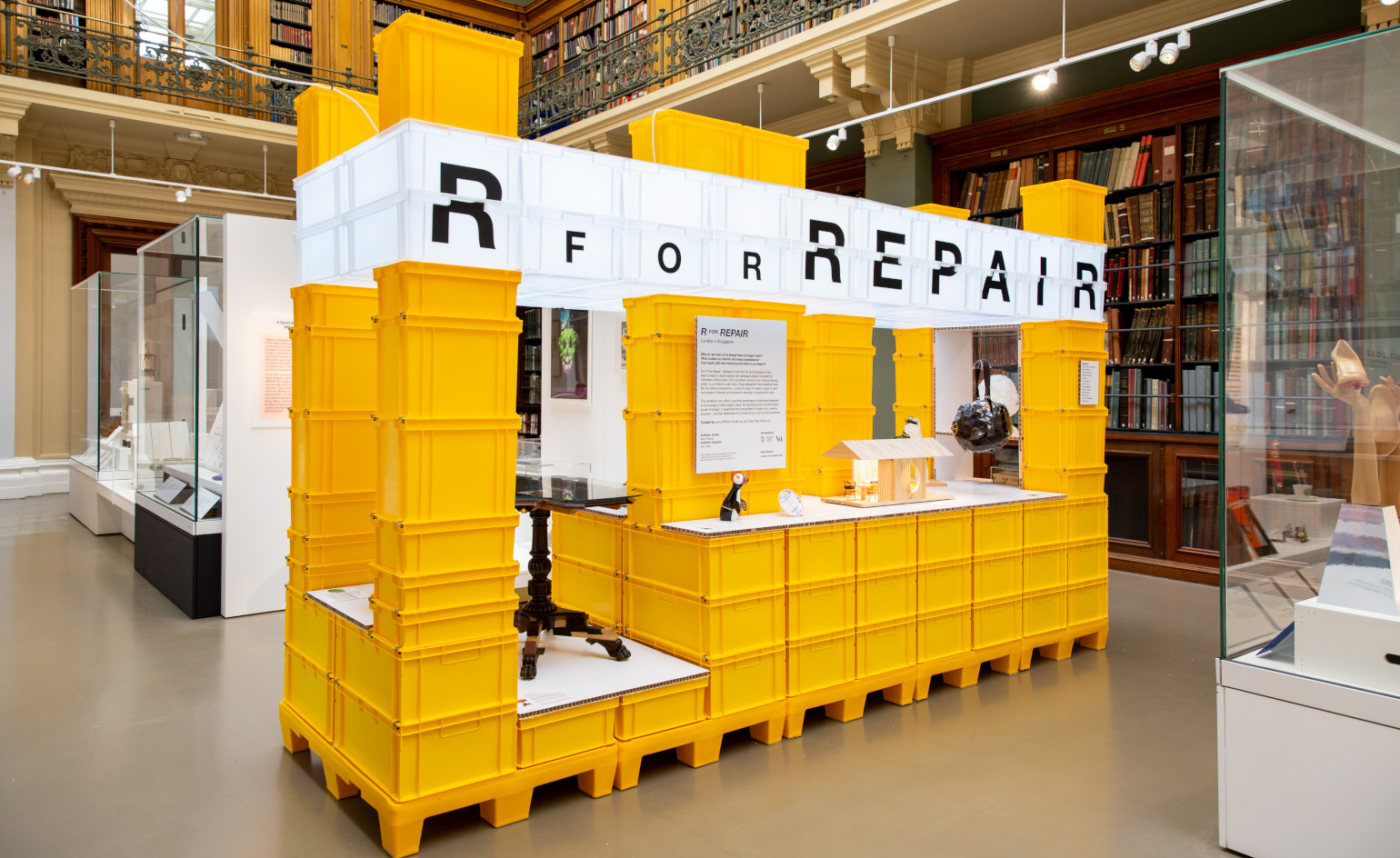 ‘R for Repair’ at London Design Festival displays broken objects, re-formed
‘R for Repair’ at London Design Festival displays broken objects, re-formedIn the second half of a two-part exhibition and as part of London Design Festival 2022, ‘R for Repair’ at the V&A displays broken objects, re-formed
By Martha Elliott
-
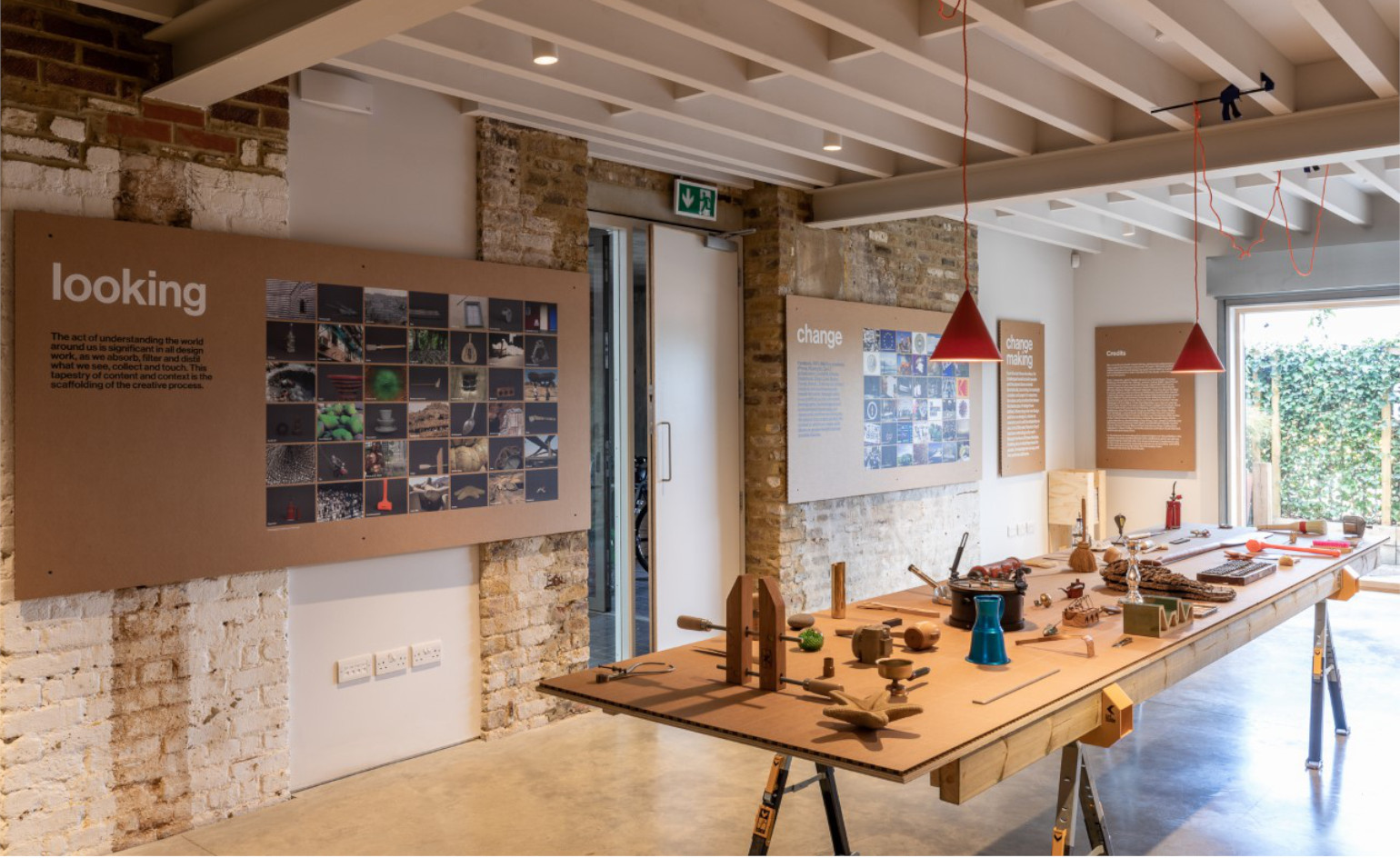 ‘Finding quality through the act of making’: Pearson Lloyd celebrates 25 years of design
‘Finding quality through the act of making’: Pearson Lloyd celebrates 25 years of designPearson Lloyd’s show ‘Change Making’ reflects on past designs from its archives, showcasing the influences on and evolution of the studio, from furniture design to the NHS
By Martha Elliott
-
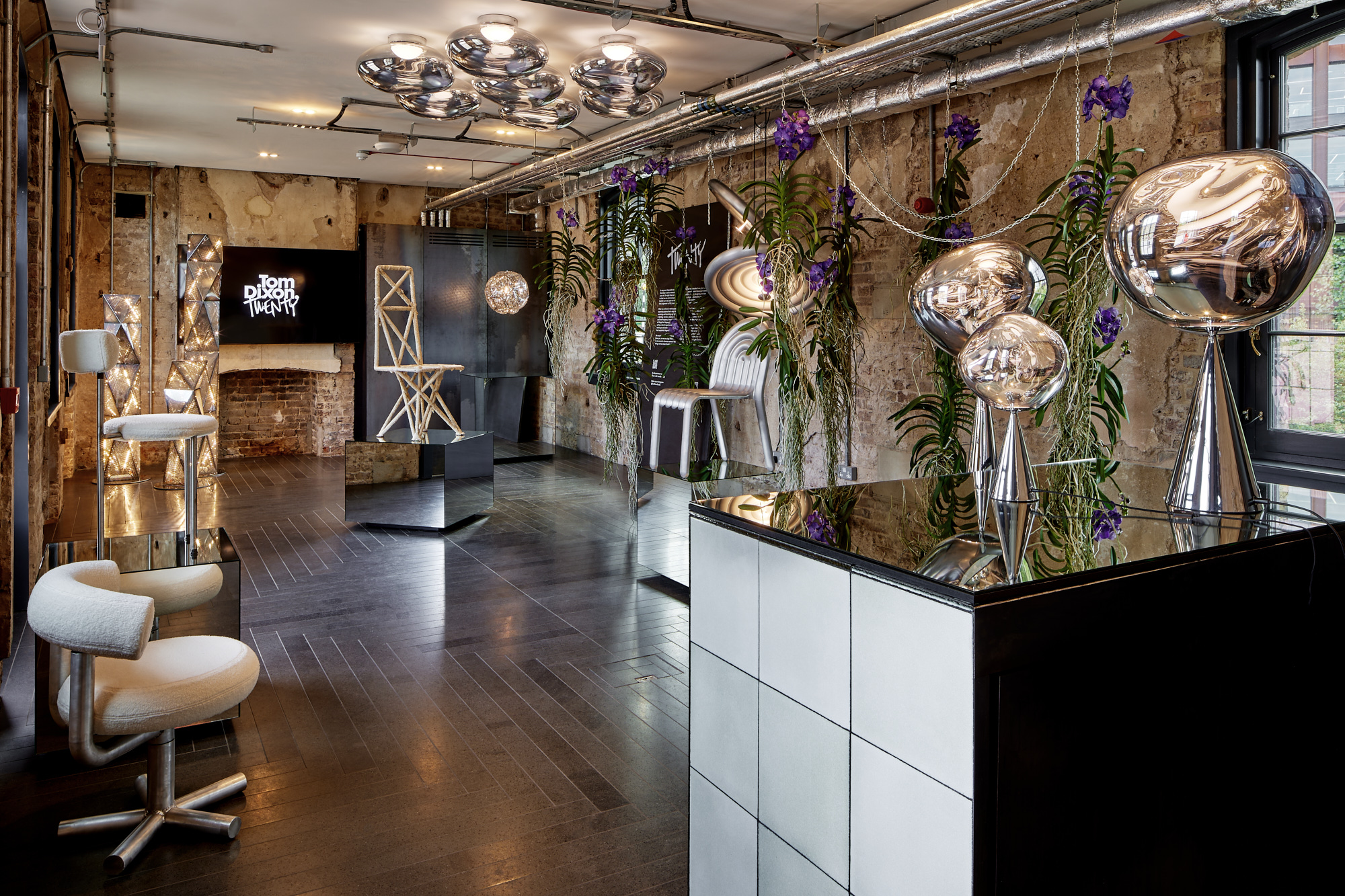 Tom Dixon marks his studio's 20 years with a show of design experiments
Tom Dixon marks his studio's 20 years with a show of design experimentsMushroom, cork, steel coral and more: Tom Dixon showcases an overview of his design experiments as he celebrates his practice's 20 years
By Rosa Bertoli
-
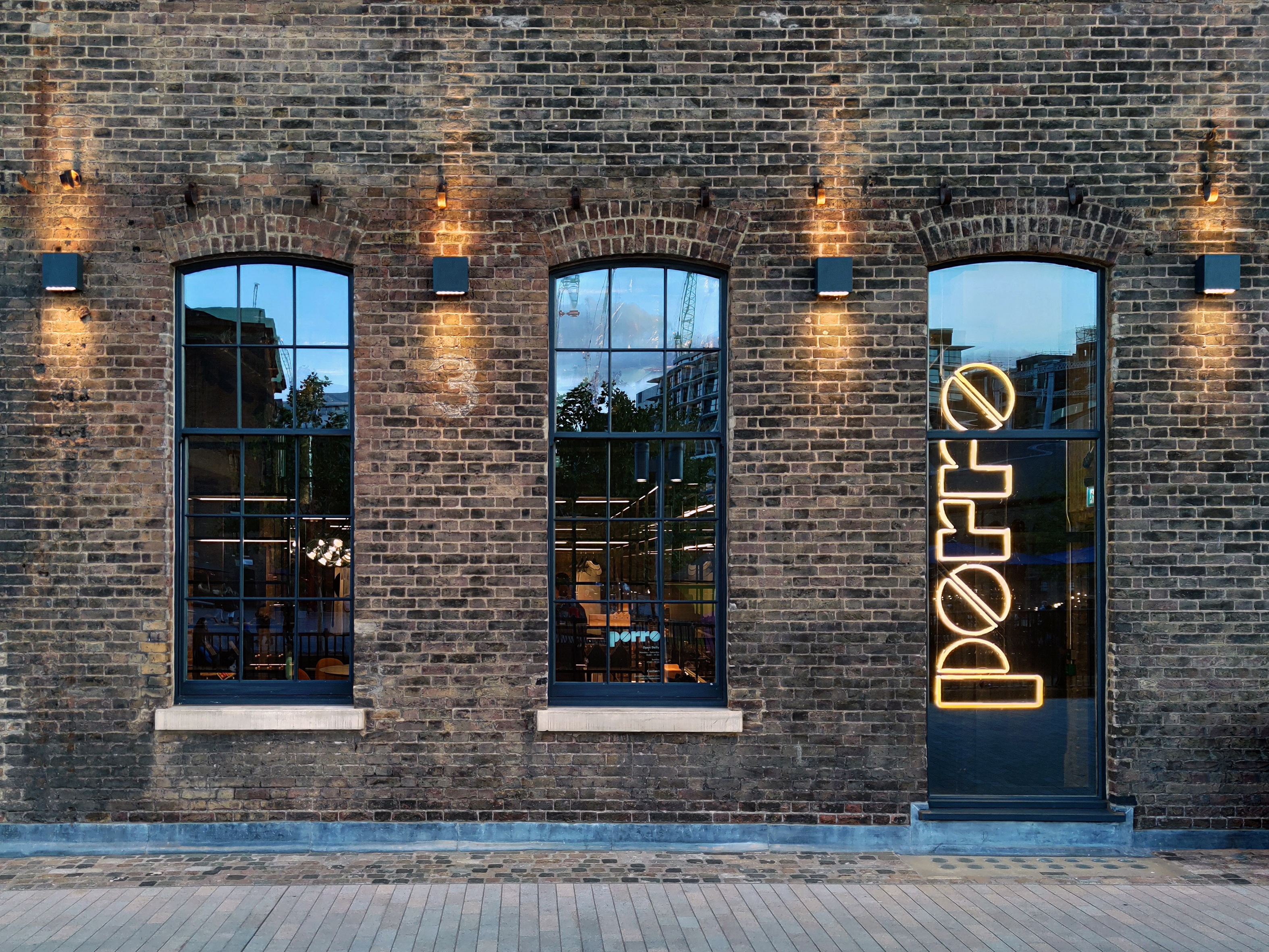 Porro unveils new London showroom at Coal Office
Porro unveils new London showroom at Coal OfficeLondon Design Festival 2022: industrial architecture meets pure geometries in the new Porro showroom, taking over a space within Tom Dixon’s Coal Office to showcase the brand’s systems and furniture
By Rosa Bertoli
-
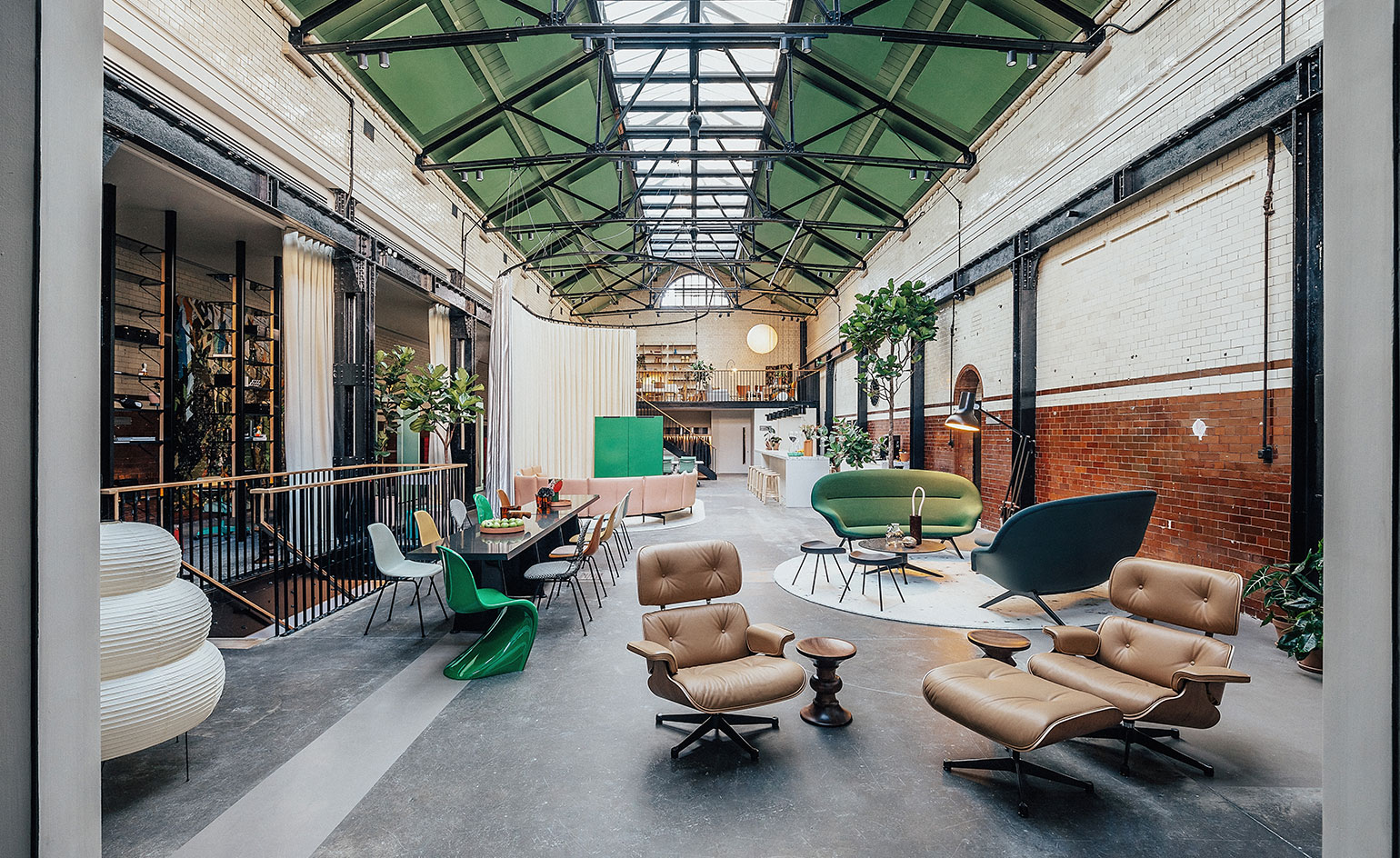 Vitra unveils new London home in the Tramshed, Shoreditch
Vitra unveils new London home in the Tramshed, ShoreditchLondon Design Festival 2022: after a year-long renovation, Vitra opens the door to its new showroom in the heart of Shoreditch
By Rosa Bertoli
-
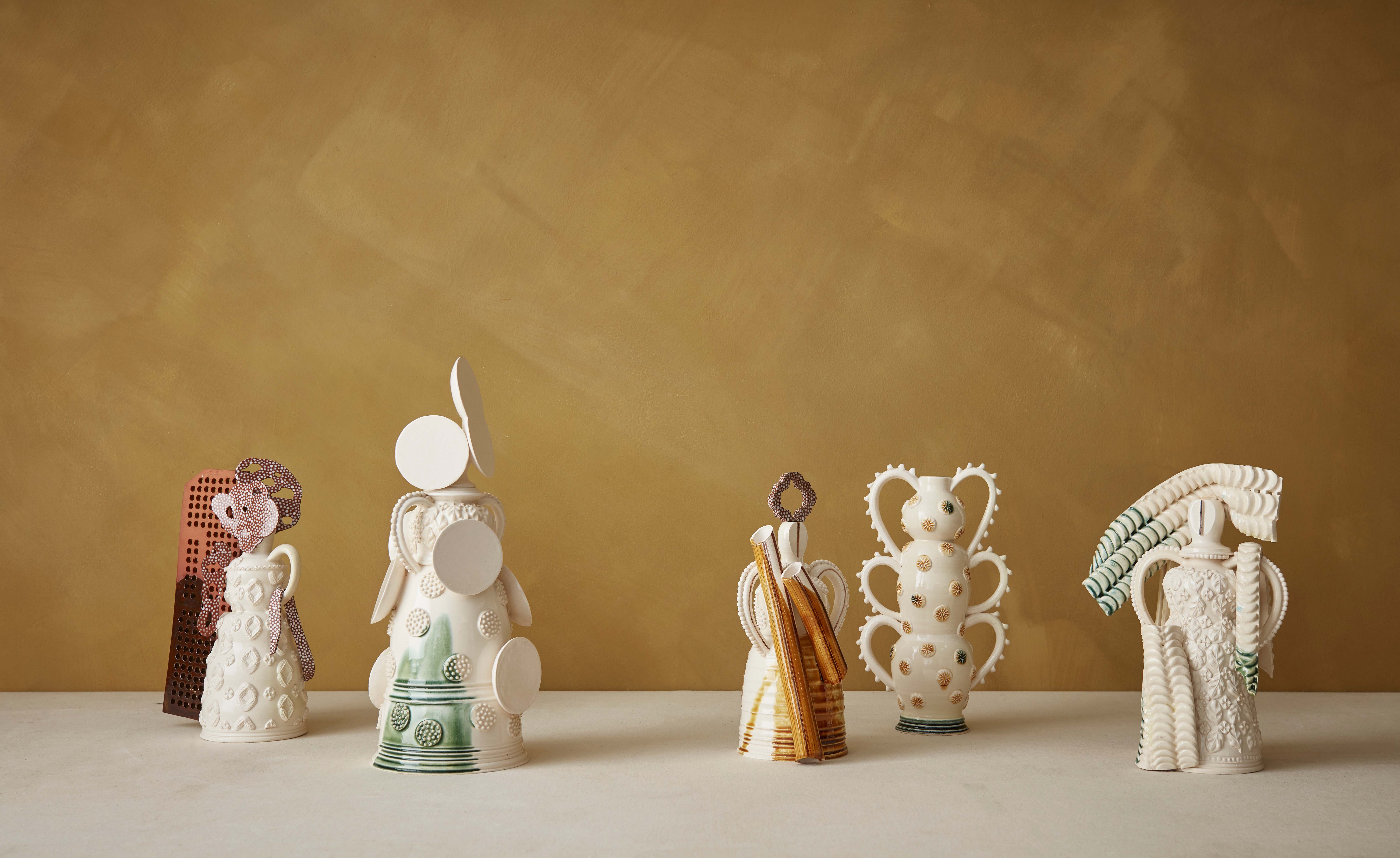 Mudlarking beside the River Thames inspires The New Craftsmen’s makers
Mudlarking beside the River Thames inspires The New Craftsmen’s makersLondon Design Festival 2022: The New Craftsmen’s new collection, ‘Claylarks’, features work from a group of creatives inspired by a River Thames mudlarking expedition
By Mary Cleary
-
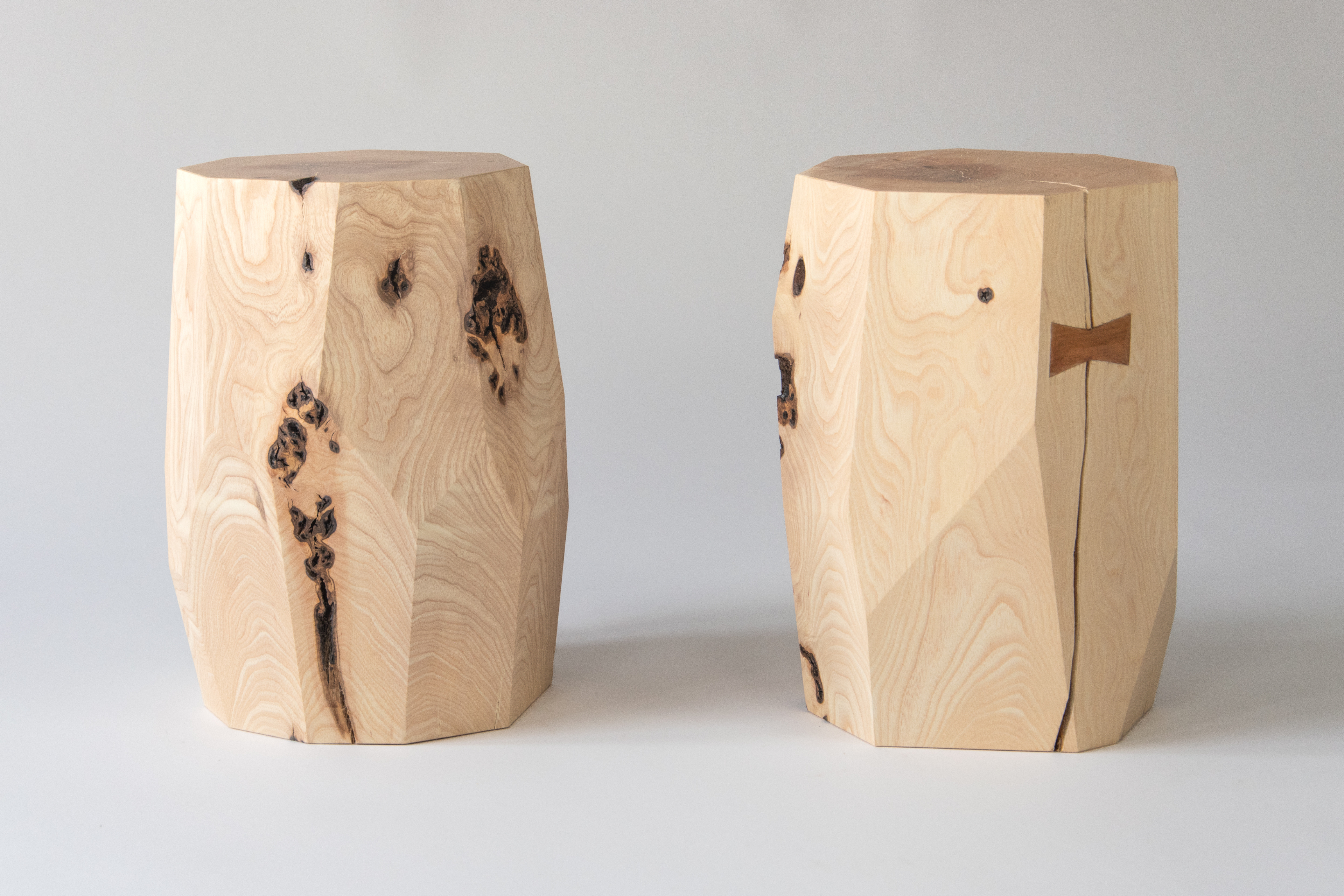 One tree, ten designers: SCP presents The One Tree Project at London Design Festival
One tree, ten designers: SCP presents The One Tree Project at London Design FestivalLondon Design Festival 2022: SCP enlisted ten British designers to create furniture and objects from a felled ash tree from founder Sheridan Coakley's Hampshire garden
By Francesca Perry
-
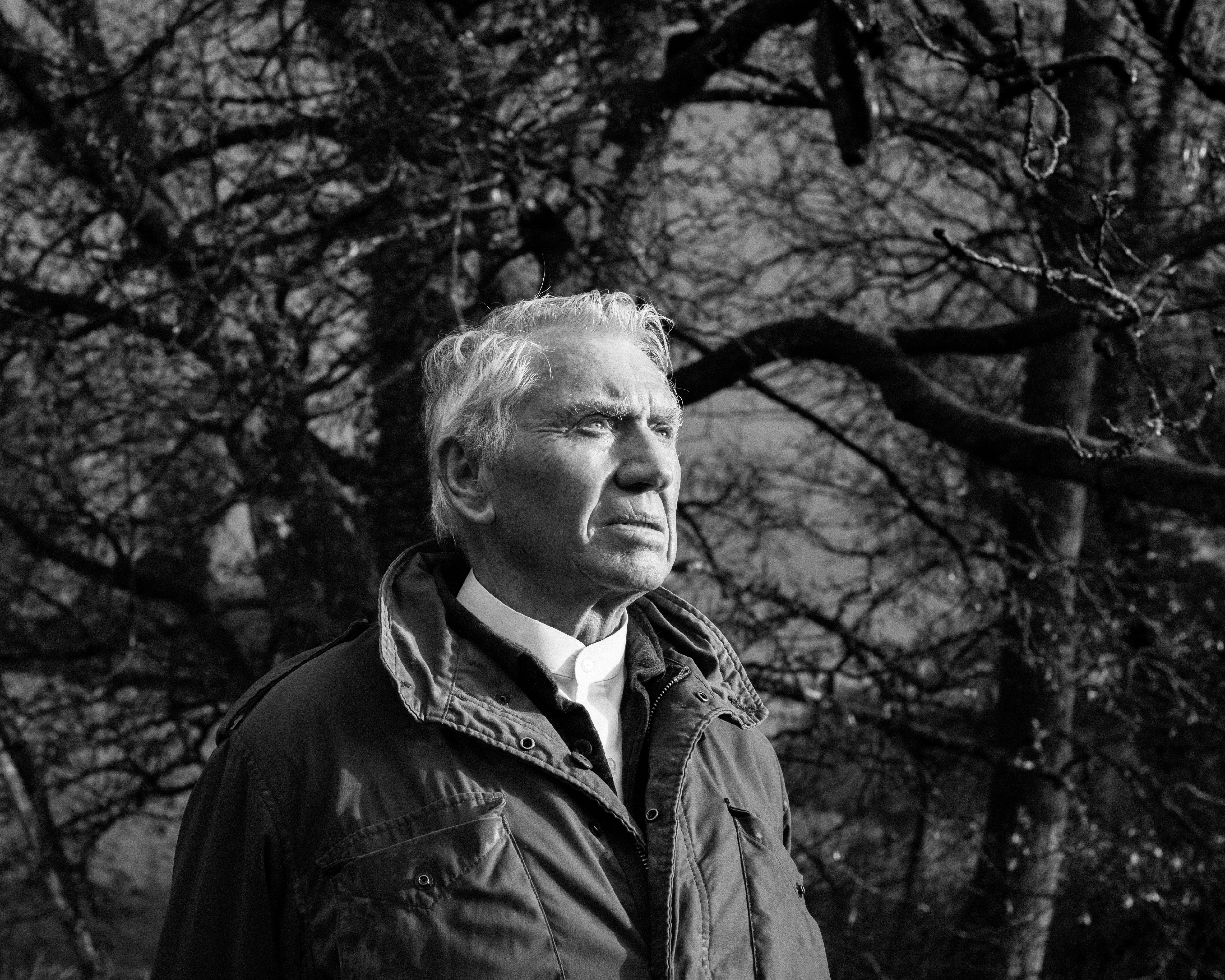 London Design Medals 2022
London Design Medals 2022London Design Medals 2022 are awarded to costume designer Sandy Powell, architect Indy Johar, researcher Joycelyn Longdon and photographer Sir Don McCullin
By Rosa Bertoli